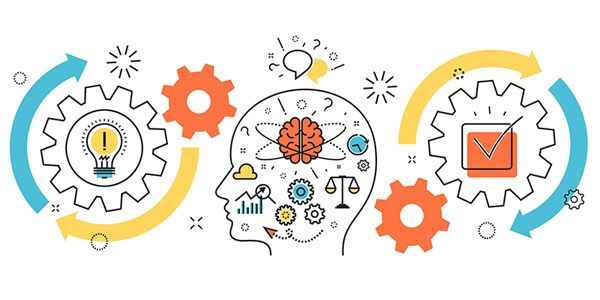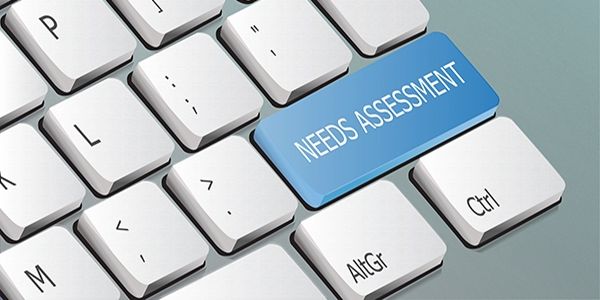The Contribution of Business Analysis in a Successful Change
Change is everywhere. From small to bigger scale change is a fact.
Going from a current state to a future state is something that occurs frequently in the liquid and challenging business environment. Redefining a process, changing the timeline of a project, establishing a new common practice that will be followed or daily routine, removing or adding a feature to a product or changing the hierarchical structure of a division are examples of change. However in this article we are going to focus on more system/product related changes.
Generally speaking there are two types of changes. The proactive and the reactive ones. Proactive changes reveal a strategic wisdom and can have more controlled results that the reactive ones that many times are spasmodic and urgent. Proactive changes in general allow more time for preparation and also are characterized by a higher level of freedom and creativity than the reactive types of change.
Business analysis field can contribute to the design and implementation of a successful change. Supporting beneficial changes that will deliver additional value with the need to protect customers and users from the adverse effect of changes, is something that may be achieved with the contribution of certain BA activities.
Analyze Current State:
Business analysts examine the current state in the context of the business need to understand what may influence proposed changes, and what will be affected by them[1]. Describing as much accurate as possible the as-is landscape in crucial in order all engaged parts in th change process have a clear understanding of what the situation is right now. The key benefit of this process is that it provides a sufficient understanding of the existing state of the organization, providing context for determining which elements of the current state will remain unchanged and which changes are necessary to achieve the future state[2]. Ηowever a holistic view is more than necessary as a change may indirectly affect certain aspects that must be included in the scope of current state analysis.
Define Future State:
Try to define the future state in realistic, clear, understandable and agreed among all stakeholders’ terms. Future state must meet the business needs. Having in mind the business justification that is accompanied with every aspect of future state is crucial in order to provide a future state description that is aligned with the Goals and objectives that are defined by the project board or change committee.
Define Change Strategy:
How the company is going to achieve to be landscape? What are the alternatives and what is the most dominant alternative after the evaluation and ranking? The appropriate representation of a change strategy depends on the perspective of the change team and their stakeholders. The change strategy might be presented as part of a business case, Statement of Work (SOW), an enterprise’s strategic plan, or in other formats.
All changes should be assessed by people who are able to understand the risks and the expected benefits; the changes must then be authorized before they are deployed. This assessment, however, should not introduce unnecessary delay. Business Analysis activities are crucial in order the change committee or project board proceed to decisions. Having all the possible information available and the agreed between stakeholders views the executives with the change authority are going to approve or not the proposed change strategy and to initialize next phases of the change process.
[1] BABOK®
[2] The PMI Guide to Business Analysis



